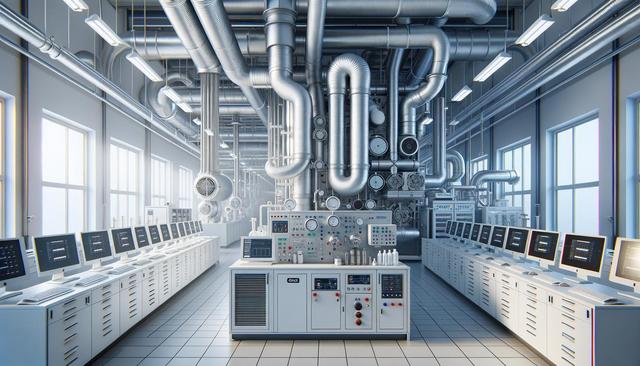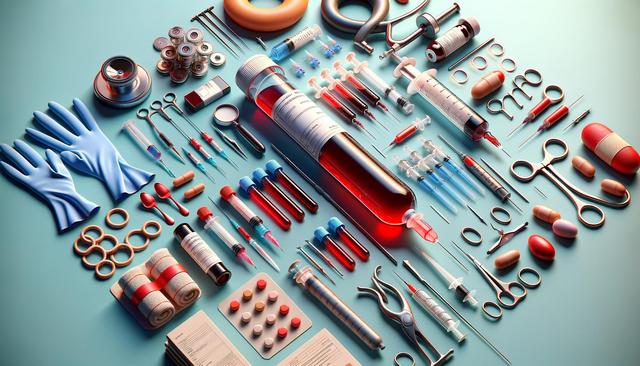Understanding the Role of Cold Room Ventilation in Laboratories
Laboratory cold rooms serve a critical function in maintaining the integrity of sensitive biological samples, chemicals, and reagents. At the core of this functionality is the cold room ventilation system, which ensures that both temperature and air quality remain within strict parameters. Inadequate ventilation can compromise the viability of stored materials, potentially disrupting research outcomes and posing safety risks. Proper ventilation not only maintains consistent cooling but also prevents the buildup of humidity and airborne contaminants that could affect sample quality or lead to mold growth. Overall, it ensures a stable, controlled environment that supports ongoing scientific operations.
How Ventilation Supports Temperature Control and Air Quality
One of the primary functions of a cold room ventilation system is to evenly distribute cold air throughout the room, preventing temperature stratification and hotspots. This uniformity is essential because even minor fluctuations in temperature can degrade certain samples or reagents. Effective ventilation systems are designed to work in conjunction with refrigeration units to ensure constant air circulation. Additionally, the quality of air within the cold room is just as important as the temperature control. Poor air quality can introduce particulates or gases that interfere with chemical stability or data accuracy in sensitive experiments.
Key benefits of maintaining proper ventilation in cold rooms include:
- Consistent temperature distribution across storage areas
- Prevention of condensation and moisture buildup
- Reduction of airborne contaminants and odors
- Enhanced energy efficiency through optimized airflow
Design Considerations for Effective Cold Room Ventilation
When designing a cold room ventilation system, several factors must be taken into account to ensure efficiency and reliability. These include the room’s size, the type and quantity of materials being stored, and the expected duration of storage. Ventilation systems must be scaled appropriately to provide sufficient airflow without causing temperature fluctuations or energy waste. High-efficiency particulate air (HEPA) filters are often used to maintain air purity, while directional airflow patterns are engineered to avoid stagnant zones. Additionally, the placement of vents and fans must be carefully planned to complement the room’s layout and storage configurations.
Key design elements to consider:
- Airflow rate and directionality
- Filter types and maintenance schedules
- Integration with temperature monitoring systems
- Energy consumption and sustainability features
Maintenance and Monitoring of Ventilation Systems
Regular maintenance of cold room ventilation systems is essential for ensuring long-term performance and preventing costly failures. Filters should be inspected and replaced according to manufacturer recommendations, and fans and ducts must be kept clear of obstructions. Monitoring systems can track airflow patterns and temperature levels in real-time, alerting technicians to any deviations from optimal conditions. This proactive approach allows for timely interventions and minimizes the risk of sample degradation. Maintenance routines should also include checks for microbial contamination, especially in high-humidity environments where mold and bacteria can thrive.
Recommended maintenance practices:
- Monthly inspection of filters and fan systems
- Bi-annual calibration of monitoring equipment
- Routine cleaning schedules to prevent contamination
- Documentation of maintenance activities for compliance
Compliance and Safety in Cold Room Environments
Laboratory cold rooms are subject to strict regulatory standards to ensure both the safety of personnel and the integrity of stored materials. Proper ventilation plays a significant role in meeting these requirements by controlling air quality, temperature, and humidity levels. Many institutions adopt international guidelines and industry-specific protocols to govern cold room operations. These standards often require detailed documentation, including performance logs and maintenance records, which can be used for audits and inspections. Ensuring compliance not only protects research investments but also supports accreditation and quality assurance programs.
Compliance-related ventilation considerations include:
- Alignment with local and international safety standards
- Inclusion of emergency ventilation protocols
- Integration with facility-wide HVAC and alarm systems
- Training staff on safe cold room operation procedures
Conclusion
For laboratory professionals, maintaining a well-ventilated cold room is not just a matter of operational efficiency—it is a foundational aspect of scientific integrity and safety. By investing in proper ventilation design, routine maintenance, and compliance with standards, laboratories can preserve the quality of their samples and ensure the reliability of their research. Understanding the vital role that cold room ventilation plays allows teams to make informed decisions that support both short-term needs and long-term scientific goals.




Leave a Reply